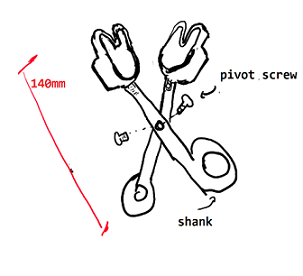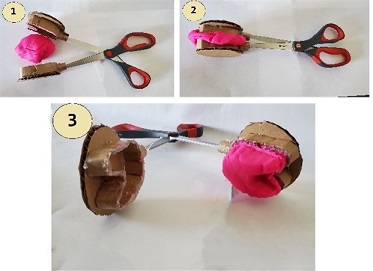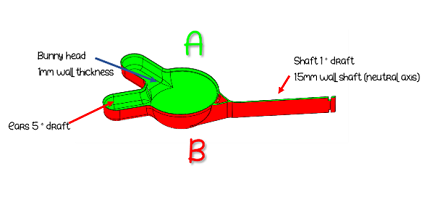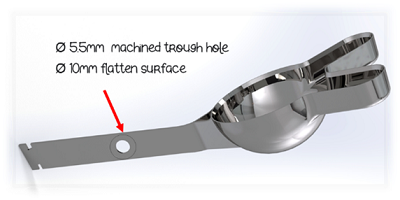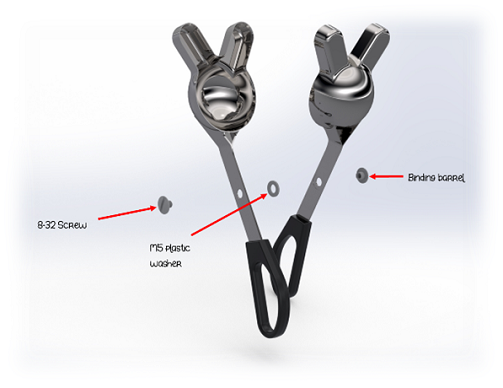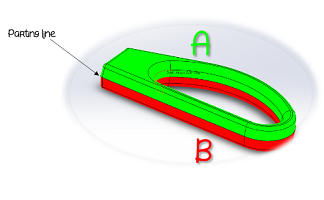During the classes "Design and Manufacturing" (ME203) I learned about connections, machinable operations in lathe and mill, and some basics about scaled manufacturing process like injection molding, sand and die casting and metal forming. During this class, as a project we needed to create a design which should be machinable, and then do all necessary modifications to adapt it to scaled manufacturing. This class was took during the COVID-19 pandemic, reason for which the design never were manufactured, but some prototypes were built.
1. Cut semi-spherical hole using a ball end mill.
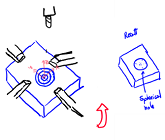
2. Cut ears channel using a rounded-edge square end mill.
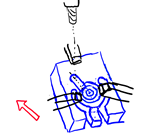
3. Remove external material using an end mill.

4. Cut attachment’s slot using an end mill.

5. Cut attachment’s holes using a center drill and a drill.
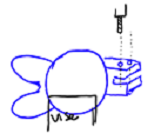
Other steps include creating fillets and chamfers, facing, file edges and sanding.
